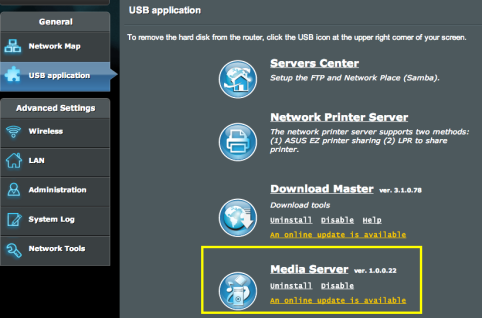I predict that there will be division / classification of roads which will shape and change our roadways and push drivers off the road. Here’s why:
Telsa is an amazing story in the otherwise lacklustre world of Automotive innovation. Elon Musk took on the entire industry in a way that was going to fail in many people’s eyes – he brought an all-electric vehicle to market, with success and then incrementally delivered a system that can now drive at level 5 (source: Tesla Ships with Level 5 Autonomy). The industry is still trying to work out how long it has until it really has to catch up – hint: that’s up to the vocal demand of the consumer.
The biggest risk of driving on the road is attributed to humans – drivers themselves are the biggest issue on the road; not everyone is capable at the same level in all conditions – and some would argue, even in the best conditions, some still struggle. Having that uncontrolled variable exposed to autonomous cars can be controlled for – in most situations. But there are still risks – a Telsa owner recently died when his car hit a tractor due to a combination of sensor “failure” and his lack of attention as driver (source : Tesla cleared of Driver Death)
Self-Driving will be costly
Imagine you are running an insurance business. Which would be the biggest risk for you: A self-driving car or a human driver? Human driving is significantly more variable than a logic program with active sensors – Insurers will start to increase premiums for drivers who insist on driving their own cars. Those logic programs will also control for speed and conditions and could even report them back to the insurance company to qualify the owner for “discounts”. As self-driving car ownership increases, human drivers will see increasing challenges such as increased premiums and / or the need to report their driving ability / history through devices like Progressive’s Snapshot (see: A review of Snapshot)
Uber and Lyft Aim to remove the need to own a car
Although the lift-share model currently uses self-employed people to drive cars, the long-term aim of these services is to provide self-driving cars to achieve the service levels desired. This provides mitigation of additional insurable risk and the variability of availability of drivers. Likely individuals will have the opportunity “invest” in self-driving fleets, and ensure their service levels are maintained and operate them through the Uber/Lyft networks.
Road Networks will be Divided
Long term this suggests that road networks will be divided into two or three models:
- Autonomous only : Level 5 cars will only be allowed on these roads; Cars on these roads will offer least insurable risk and can handle more capacity due to the predictable nature of the way they operate. They will also see least police interaction as likely speeds will be regulated
- Hybrid Roads : Level 0-5 cars (including human-operated) – ultimately these road types will serve as a stop gap and be removed until all autonomous cars are level 5
- Human Operated : As today; human operated and controlled vehicles. These roads will have the most insurable risk and have most police scrutiny for speeding, etc.
Ultimately it will be costly and prohibitive for many to drive their own car on a daily basis. This change in behavior commoditizes travel and will cause a shift in the way that vehicles are made and look. There are many implications to car manufacturers, dealers, insurers, fuel & energy providers and consumers. The automotive industry has not been known to move that fast but a shift in consumer demand to Tesla-like performance will force a shift which will be the catalyst for my predictions.
So would you want to own a purely autonomous car? Tell me what you think in the comments!
(this is a short-form version of my thoughts on this subject; if you would like to connect more on this or other automotive discussions, please connect with me via linkedin – paulmorgan)


